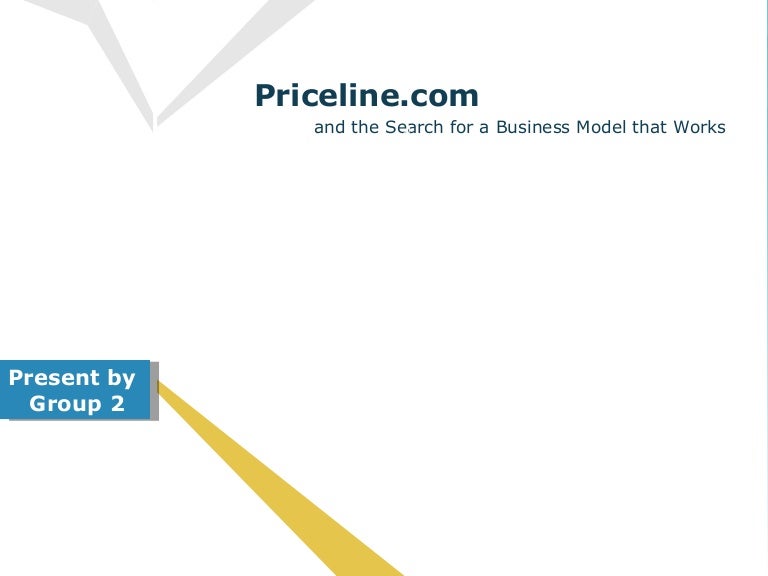

And, the default user interface is not what I would consider the best but fortunately it is fully customizable, and I have provided an alternate layout which is explained on the next page. Hence this tutorial, to demystify the major procedures at least. In this respect, PhotoLine is not more difficult per se, just different. This has happened partly because the tools and menus are in fact different in places from other widely-used applications, and people who switch to Photoline may have some initial trouble unlearning their old habits. Another motivation is that PhotoLine has developed a reputation for being harder to use than some other applications. Which is fine but my own interest is photographic image editing. And much of the information available appears to be oriented toward graphic arts production. Part of the need for such a tutorial is that little has been written along these lines so far. It is intended to be a “walk-through” of the main tasks associated with photo editing rather than a comprehensive reference.

Welcome to PhotoLine! This tutorial is designed both for people who are coming to PhotoLine from another image editing application, as well as for people who are new to photo editing and for whom PhotoLine is their first application. Update: Mediachance Plugin Bridge is another option.An Introduction to Photo Editing with PhotoLine * Nailing down the really essential vector drawing tools, which you’ll see I’ve added here as a mini toolbar… * Can a set of Styles be imported from Photoshop (yes) and work (?). * Can the naff toolbar icons be easily changed? * Can it launch Krita or Rebelle as an external painting programme, and then return the results to a layer? Still, PhotoLine is obviously superior to the Photoshop-alike Affinity Photo, which is in the bracket of: i) same price-range ii) capabilities in plugins and iii) a nice Photoshop-alike UI. An extra $25 may be more than you want to pay to get a couple of old plugins working again, and you may find they now have viable 64-bit versions (I found that to be the case for Primatte). The only drawback is that for a new buyer it would bump the overall price of PhotoLine to nearly $90 including LaunchBox. Getting the little-used old KPT Sky Effects and Xenofex 2 back is an extra bonus. The Nik Tools collection (now called something weird like the DxO Nik Collection) is nice, especially for B&W conversion, but it doesn’t have 55mm DFT’s one-click mists and glows so far as I can see. Thus, another PhotoLine roadblock has been busted! I now have my glows and misty atmospheres back, in the form of Diffuse Glow, Luce, and 55mm DFT. And, again, PhotoLine has a replacement native dust removal tool. This is better used as the standalone, anyway. * The really ancient Polaroid Dust and Scratch Removal as a plugin. Probably there’ something in PhotoLine that will do that too, but I just haven’t found it yet. The only other tool I might miss would be the camera lens distortion rectification. But now longer needed since PhotoLine has a Rectify Tool. Loads but returns mangled output to PhotoLine. When first used it has to be run once in Administrator mode, in order to allow it to drop its licence file in the right place. It still works fine with PhotoLine, dropping down from the usual Filters menu.
#Photoline price list 2022 software#
This is a 64-bit plugin that reliably ‘hosts’ a great many older 32-bit plugins, in either Photoshop or other software that supports plugins. I dug out an old copy of an AlphaPlugins plugin, the now-$25 LaunchBox 2.0. I’m pleased to have found the easy solution to running older plugins in PhotoLine, such as the trusty old 55MM Film Tools and Luce.


 0 kommentar(er)
0 kommentar(er)
